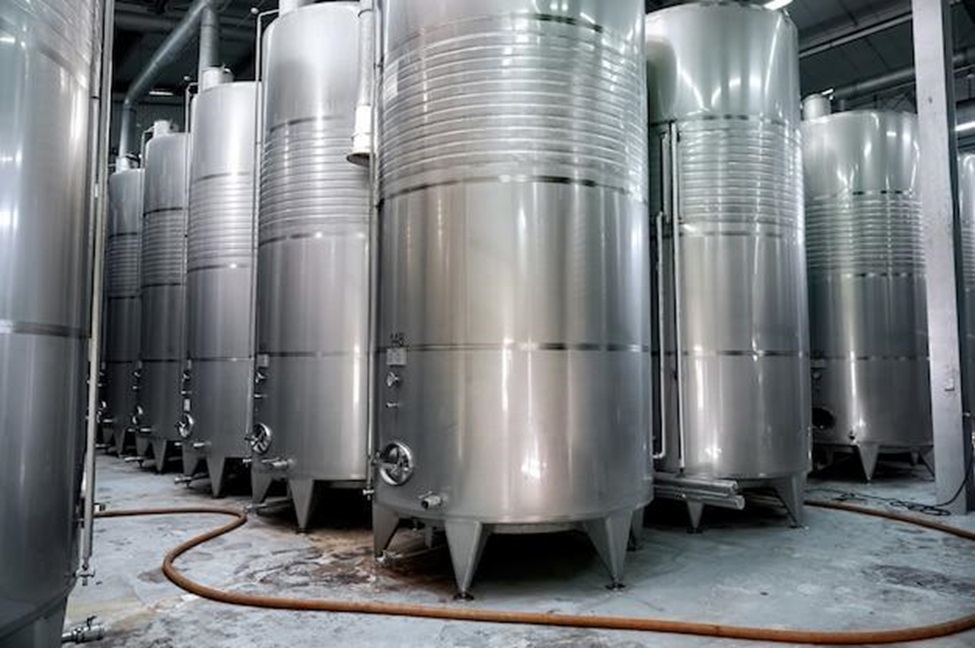Rainwater harvesting conserves water and adds self-reliance. An underground system captures rain from the roof discreetly in concrete tanks. This article explains components: structures to direct water and filtration. Tips cover permitting, excavation, and tank installation utilities. With coordination through a qualified concrete contractor, do-it-yourselfers install efficient sustainable systems. Knowledge empowers independence through rainwater’s blessings collected below grade.
Assess Site Needs and Review Codes
Determine uses like irrigation or indoor non-potable necessitating tank sizing calculations. Check with local authorities on exclusions needing special permitting like proximity clearances, backflow preventions, or lid load ratings. Code reviews safeguard construction meeting standards for supplying captured rain sustainably without risks.
Sketch layouts showing trench routings directing overflow and drainage away from foundations. Plan locations assigning tanks linking with related structures housing shut-off valves or pumping facilities near the collection point. Sloping piping properly requires no pumps or filter siting considers accessibility for maintenance.
Select Structures and Filtration
Heavy-duty “first-flush” diverters routing initial rainfall flushes wash debris preventing clogs. Screens or filters remove particles entering tanks rated for outdoor use while passing designed flow rates. Choose durable, corrosion-proof materials like stainless steel or concrete for decades of trouble-free operation.
Concrete contractors pour robust underground structures bearing weighty loads for considerable lifespans exceeding other materials. As we know, concrete underground water tanks receive reinforcement bolstering walls containing water pressure. Contractors provide expertise in excavation safety, compaction, waterproofing, and backfilling for buried structures protected from settlement vulnerabilities.
Perform Soil Testing and Site Preparation
Before excavation, determine compaction needs or require tank weighting to prevent floatation during rains. Avoid groundwater tables necessitating submersible tanks or drainage solutions. Test complex mixed soils as load-bearing or suited moisture content affecting choices on tank type and anchoring systems. Proper site understanding through analysis guides optimized construction suiting conditions.
Mark locations guiding heavy equipment excavating trenches and subterranean footprints sized with construction margins. Temporarily brace walls preventing collapses from injuring workers within. Slope trench floors funneling liquids away from installation points. Test for drainage lines requiring relocations before continuing.
Install System Components
Position tank forms receiving reinforcement cages centering pipes through ports. You can also go for a concrete contractor vibrate pour maintaining workability and safely filling intricate layers. Cure sealants prepared to withstand water’s corrosive effects. Pressure test tank sealing leaks detected before backfilling and site restoration. Document system processes and components aiding future maintenance access.
Here are the steps to install an underground rainwater harvesting system:
- Assess site needs and review local codes/permitting requirements. Determine intended uses of harvested water and calculate required tank sizes.
- Plan system layout. Include drainage designs, component locations, sloped pipe routing, and siting of access points, filters, valves, etc.
- Select durable structures, pipes, filters, and screens rated for site conditions. Optimize flow rates and filtration.
- Coordinate system installation with a qualified concrete contractor. Determine excavation / construction methods, soil testing needs, and tank designs.
- Perform soil testing to determine tank anchoring/floatation prevention strategies and compaction needs.
- Prepare the installation site. Mark layout, excavate trenches, and tank areas install bracing, and slope trench floors.
- Install system components. Position tank forms, pour reinforced concrete, and install embedded pipes, ports, and sealants. Pressure test.
- Backfill the site and restore landscaping. Download manuals, commission and maintain the new sustainable water source!

